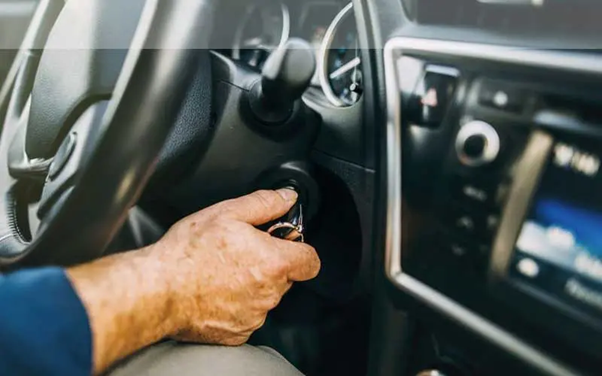What to do when your car has a faulty starter

One of the worst things to happen as you prepare to leave and drive is finding out that your car won't start. The two main things to check are the battery, the steering wheel, and the starter.
To rule out issues with the steering wheel, you need to ensure that the wheel is not locked, because a locked wheel can stop the key from turning fully to start the car. To rule out battery issues, check for visible signs of corrosion. You can use a multimeter to check if the battery has voltage; it should read around 12.6 volts. The alternator can also be the issue so be sure to check that.
Is it okay to drive with a faulty starter?
If all is okay with the battery, it’s the starter that is most likely the issue. Now, would you drive with a faulty starter? The safest option would be to call your mechanic to fix the issue. It’s not safe to drive long distances or with multiple stops with a bad starter because to get your car’s engine running, you need a relay process that literally starts with the starter. Plus, repeatedly starting your car with a faulty starter can drain your battery.
What are alternative ways to start a car?
A broken starter leaves you no choice but to depend on alternatives. One is jumpstarting.
Jump-starting
To do this, you need to have jumper cables and a portable jump-starter or another car. Park the working car facing your car. Connect the positive battery terminals of the working car to your car’s battery using the jumper cables. Next, connect the negative terminals. Start the working vehicle and try to start your car. If this doesn't work, then you might have a broken starter motor.
Tapping the starter solenoid
Your car not starting may be due to wear of the components of the starter mortar, particularly the starter solenoid. You can tap the start to free up the stuck components. Simply locate the starter motor which is usually behind the engine. The solenoid is a small cylinder attached to the starter motor by wires. Once located, start tapping the solenoid with a rubber mallet or even the handle of a screwdriver. While doing this, someone else should try turning in the key to try and start the car.
You can also bypass the solenoid to attempt to get the car started. You can engage the starter motor by manually connecting the electrical circuit. However, this is considered dangerous and is best done by your mechanic.
Push-starting
This alternative only works on a manual car. First, you have to ensure that you have enough space in front of the car. Turn the key position to on. Put the car on second gear and continue to press on the clutch. Have your friends push the car until it reaches a speed of 5 to 10 miles per hour. Once it reaches this speed, quickly release the clutch to start the engine and press on the gas pedal lightly.
These are some ways you can start your car with a faulty starter during an emergency. However, if it’s not urgent, it’s best to call your mechanic and let them fix the issue.